(September 14, 2021) A good loaf of bread is incredibly satisfying: soft, yet crusty, full of character and versatile enough to either be made into a sandwich, bruschetta, pudding, or just wolfed down with a drizzle of olive oil and balsamic vinegar. It doesn’t need much else. However, a good loaf of bread can also be hard to come by. We don’t mean the industrial white bread loaves that dot every shelf, but a well-made loaf that is shaped by hand and is akin to a work of art. That’s exactly what Aditi Handa wanted to change when she decided to set up The Baker’s Dozen back in 2013 in Mumbai. Today with a presence in over seven cities, and several lakhs of loaves later, the 36-year-old is well on her way to building a multi-million rupee bread business.
“There’s a certain joy to shaping a loaf of sourdough. No two loaves will look alike and there’s a beauty to a handmade product,” Handa told Global Indian in an exclusive interview.
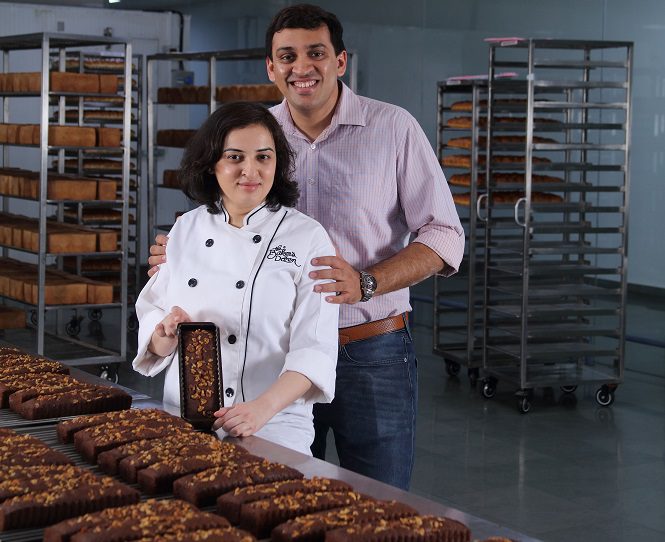
Aditi Handa with her husband and co-founder Sneh Jain
Interestingly, Handa never had anything to do with baking or cooking before she launched The Baker’s Dozen. What she did have, however, was a family full of entrepreneurs. Her father ran a successful pharma company before diversifying into the education sector, while her mother adopted a village where she taught the women embroidery and stitching. Handa, herself holds a degree in psychology.
Finding her way to the oven
Born in Ahmedabad, Handa moved to England to study psychology at Nottingham University and then got her Masters in HR from University of Leicester before moving back to India in 2009. “My time in England shaped me; it gave me exposure to food and chefs. I began following their work, not on social media, but I’d attend their sessions and eat at their restaurants,” said Handa, adding that entrepreneurship is what she has always known. “Given that I come from a family of entrepreneurs, it’s what I’ve always known. So, when I came back to India in 2009, I wondered what I’d do next.”
The Baker’s Dozen store in Bengaluru
One thing led to another, and soon Handa had set up her first business: a souvenir store at IIM-Ahmedabad. She was involved in everything from designing to manufacturing of the merchandise that was made keeping in mind IIM’s iconic architecture and design. By December 2010, Handa moved to Mumbai with her husband Sneh Jain, an alumnus of IIM-A, and a year later handed the souvenir store back to the college management. Jain, who worked with McKinsey at the time, was soon sent to Canada on a project. It was here that Handa met a Lebanese chef who changed her perspective on food. “He taught me how to identify authentic food and develop my palate. He taught me to be honest to the origin of any food; things that hold me in good stead even today.”
A business of their own
When the couple returned to India a year later, they were both sure that they wanted to launch their own business and that it had to be something to do with the food sector. Once she’d decided to venture into the bakery business, Handa headed to New York to study bread baking at the International Culinary Centre and later to Le Cordon Bleu in Paris to study patisserie. “My time in New York was life changing. I fell in love with bread; I knew this was exactly what I wanted to be doing for the rest of my life,” says Handa, who finds baking bread extremely therapeutic.

Aditi Handa
“I always say that a master is one who doesn’t just teach you his craft, he teaches you techniques and rubs off his passion on you. I was fortunate to meet Chef Johnson in New York. He didn’t just teach me the art of baking bread, he also helped me develop recipes and design the kitchen at The Baker’s Dozen, which was still in its planning stages at the time,” she says, adding, she even learnt yoga to strengthen her body to be able to haul 25 kilograms of dough at a time. “My batchmates introduced me to it, and my mother would laugh that I never did any of it back home. But you see, I’d truly fallen in love with baking bread and was willing to go to any length to perfect the art.”
The Baker’s Dozen was formally launched by Handa along with Jain, her co-founder, in 2013 in Mumbai. When they began, it was a tiny artisan bakery that would bake and deliver about 25 loaves a day. Slowly and steadily, the business grew and they began setting up their stores across Mumbai and eventually moved their kitchen to Ahmedabad. Soon, stores in other cities followed and so did dark stores and tie-ups with delivery partners and e-commerce platforms. Today, The Baker’s Dozen ships out over 3 lakh loaves of bread annually and recently launched its flagship store in Bengaluru, it’s first in South India.
Room for growth
Initially, all the baking was done by Handa herself with four other bakers. Today, the team has 200 employees, and Handa is more busy with the business aspect of The Baker’s Dozen. “But I do go every once in a while to bake myself. Baking is super therapeutic for me and I do need to get my dose of baking in every once in a while,” smiles Handa.
All the breads are shaped by hand and baked at their Ahmedabad kitchen and then shipped to various cities. Even during the lockdown last year, the kitchen didn’t close for a single day. “One of our truckers who’d drive from Ahmedabad to Bengaluru requested that we give him some bread to eat on the way since all the dhabas on the highway were shut,” says Handa, adding, “This was just one instance, but there were so many others out there who were struggling for the lack of supply of essentials. That was one of the major reasons we decided to continue baking and supplying through the pandemic.”
A constant evolution
Even as Handa continues to expand and grow her bread baking business, she is also keen on evolving constantly as an individual. Currently preparing for her MBA exam, Handa says, “I like to keep refreshing and updating my skill sets. Which is why I am doing an online executive MBA program from IIM-Bangalore. I never really studied business, but learnt a lot on the job. So I thought why not get a degree in it.”
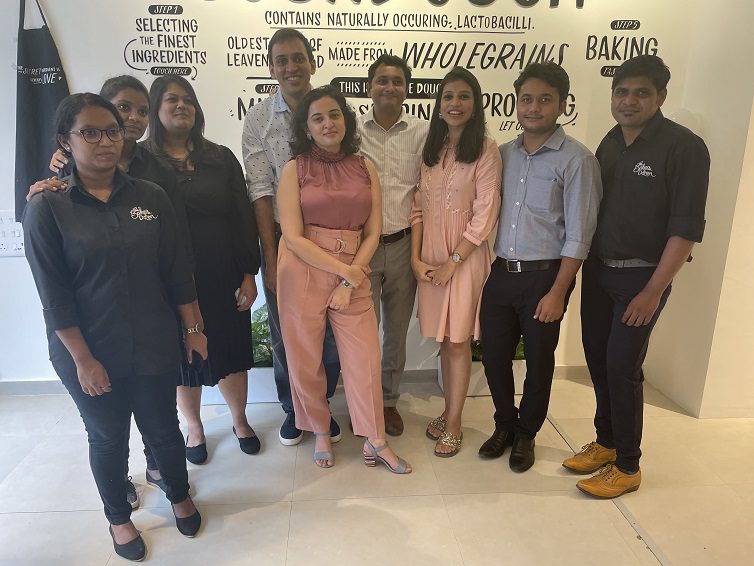
Aditi Handa and Sneh Jain with their team
All through her childhood, Handa has been learning important life and entrepreneurial lessons from her family. “I picked up the importance of moral value and ethics from my grandparents; the importance of a good business model from my father, and the creative flair from my mother,” she says, adding, “At the end of the day I figured that business margins don’t matter if the bread isn’t good. If the product is good, the commercials will match up.”
- Products can be ordered either through The Baker’s Dozen website or on e-commerce platforms and food delivery services such as Amazon, Swiggy, and BigBasket.
- This is not a paid advertisement.

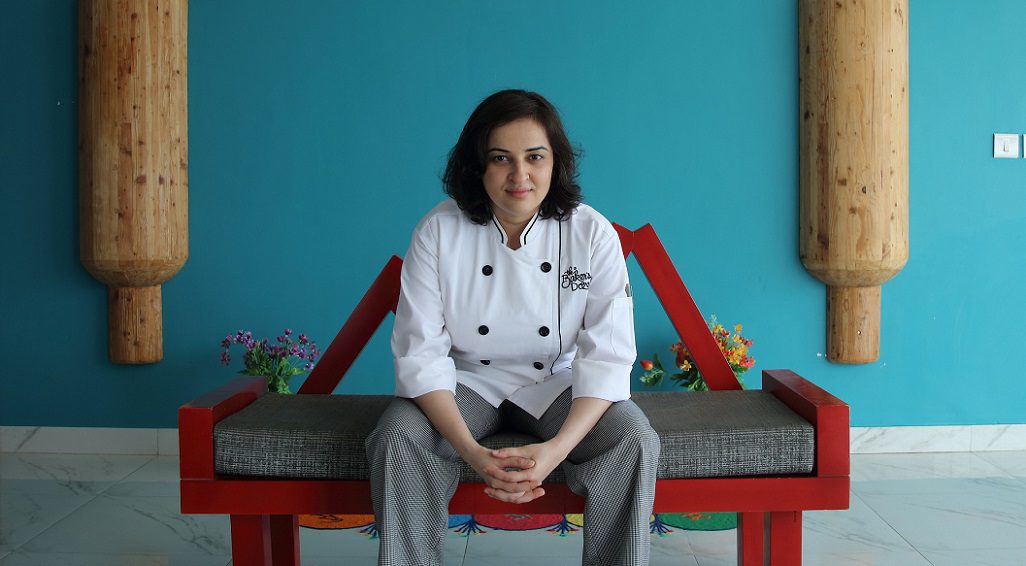

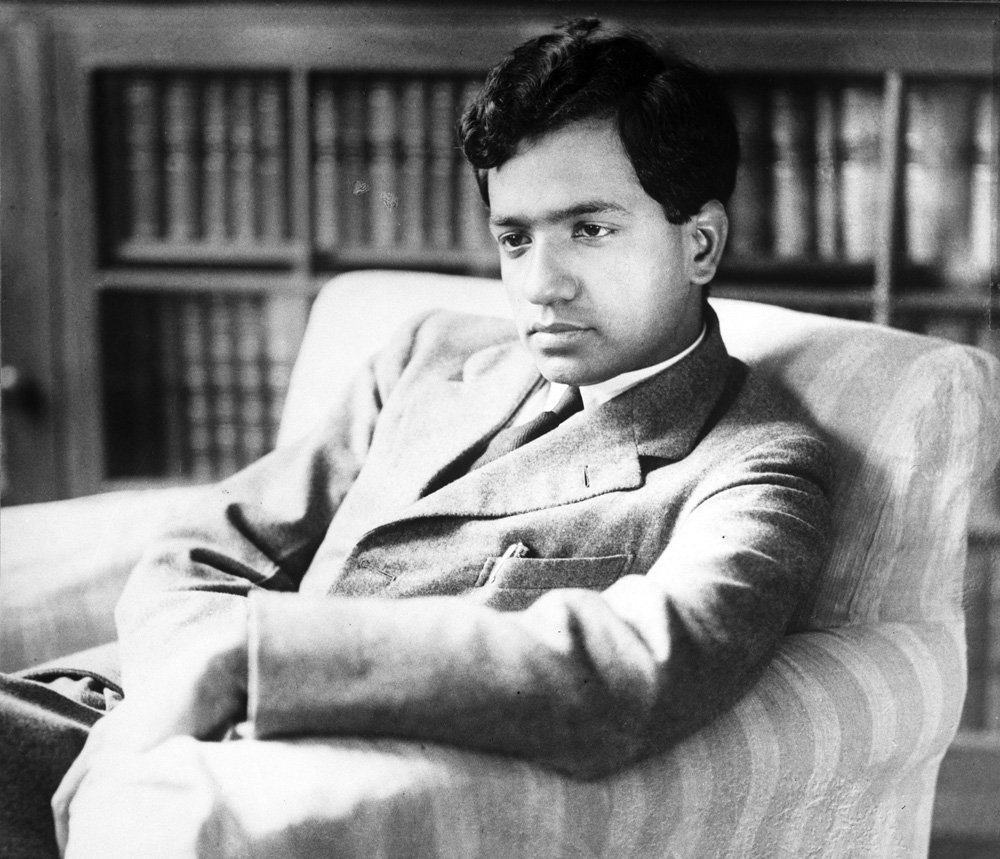 Subrahmanyan Chandrasekhar[/caption]
Subrahmanyan Chandrasekhar[/caption]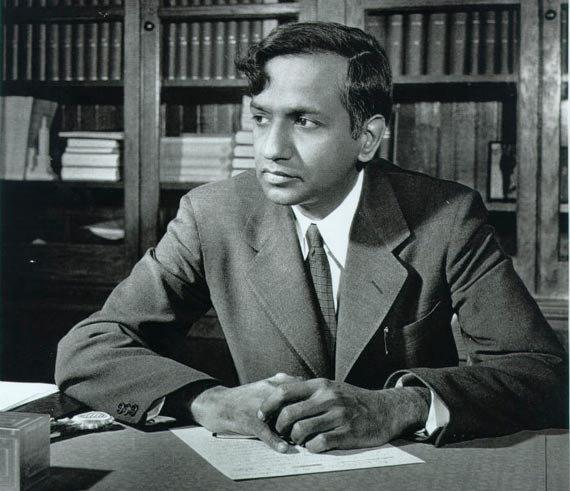
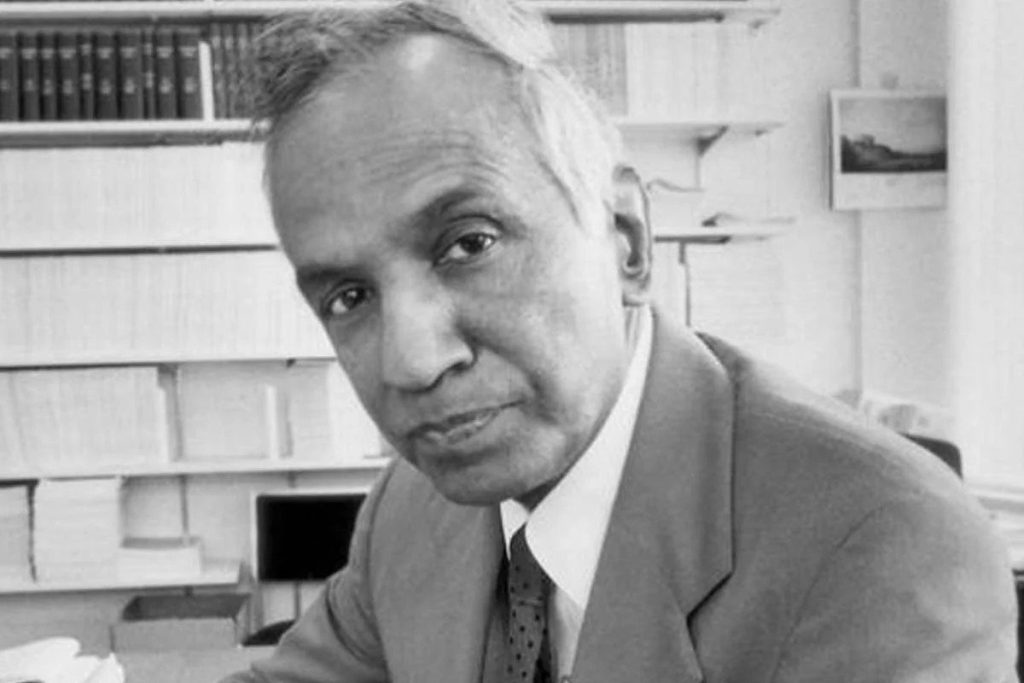
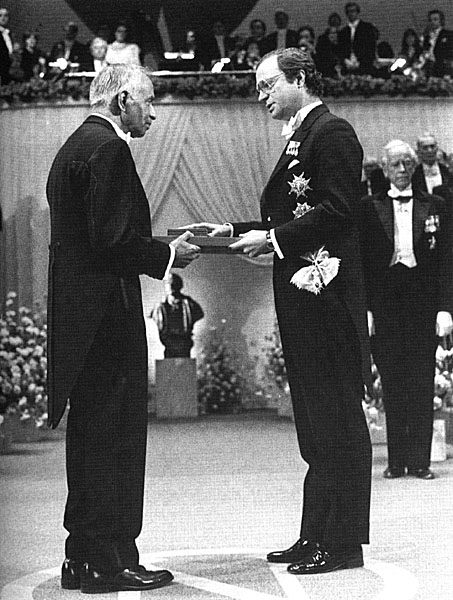

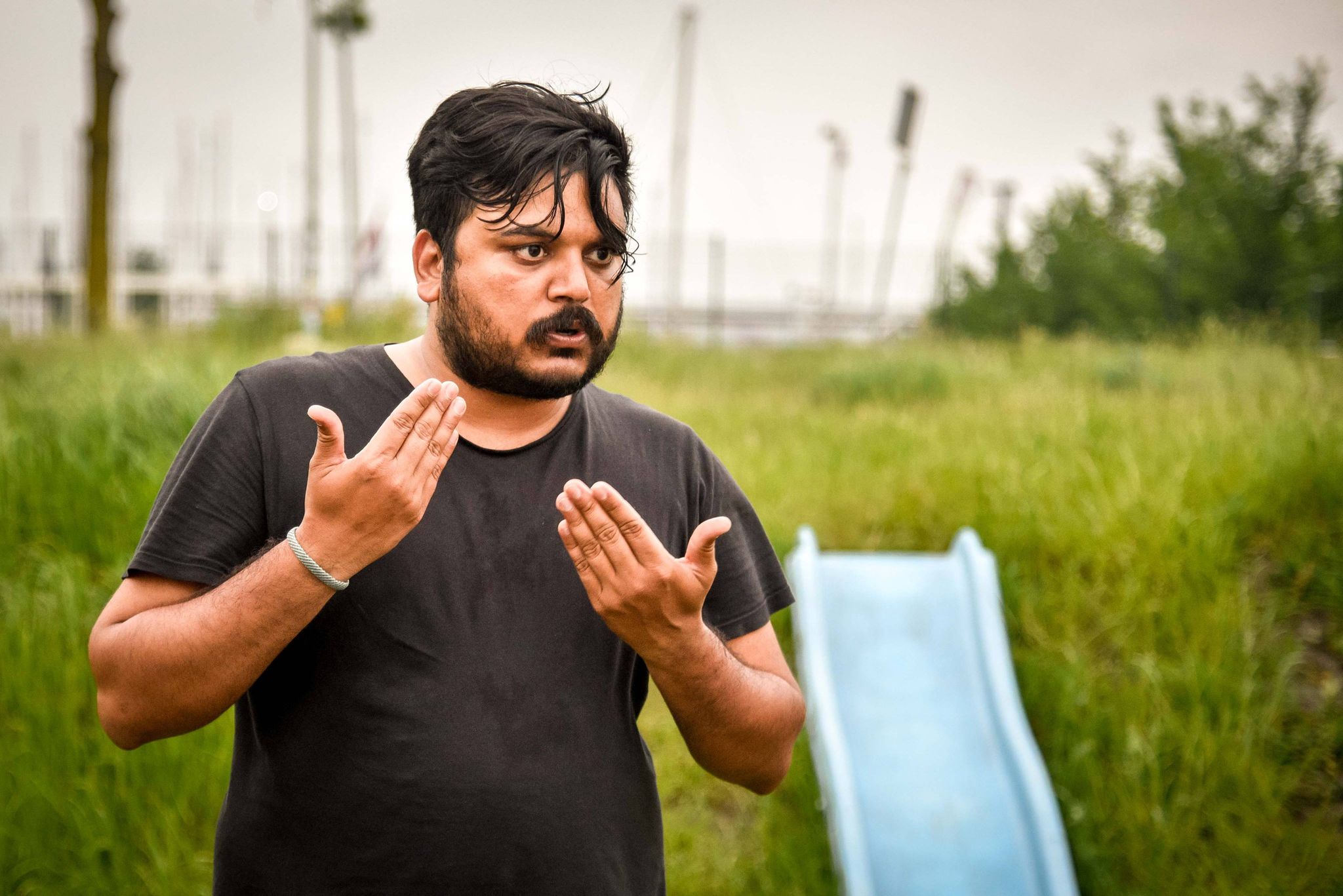 Pankaj Tiwari[/caption]
Pankaj Tiwari[/caption] Pankaj with his family[/caption]
Pankaj with his family[/caption] Pankaj during Amsterdam's DAS Theatre's Winter Presentations[/caption]
Pankaj during Amsterdam's DAS Theatre's Winter Presentations[/caption]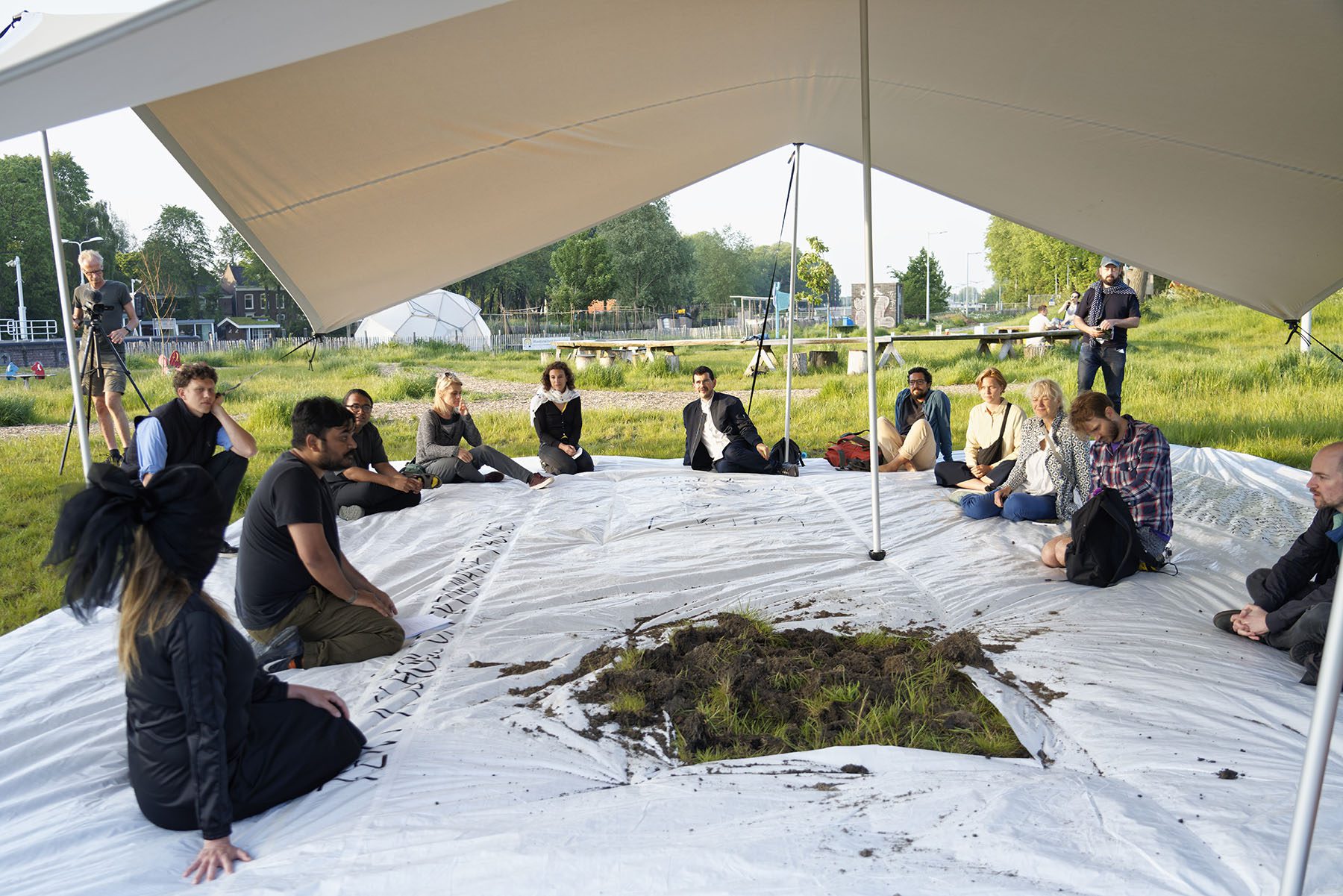 Pankaj during a theatre session[/caption]
Pankaj during a theatre session[/caption]

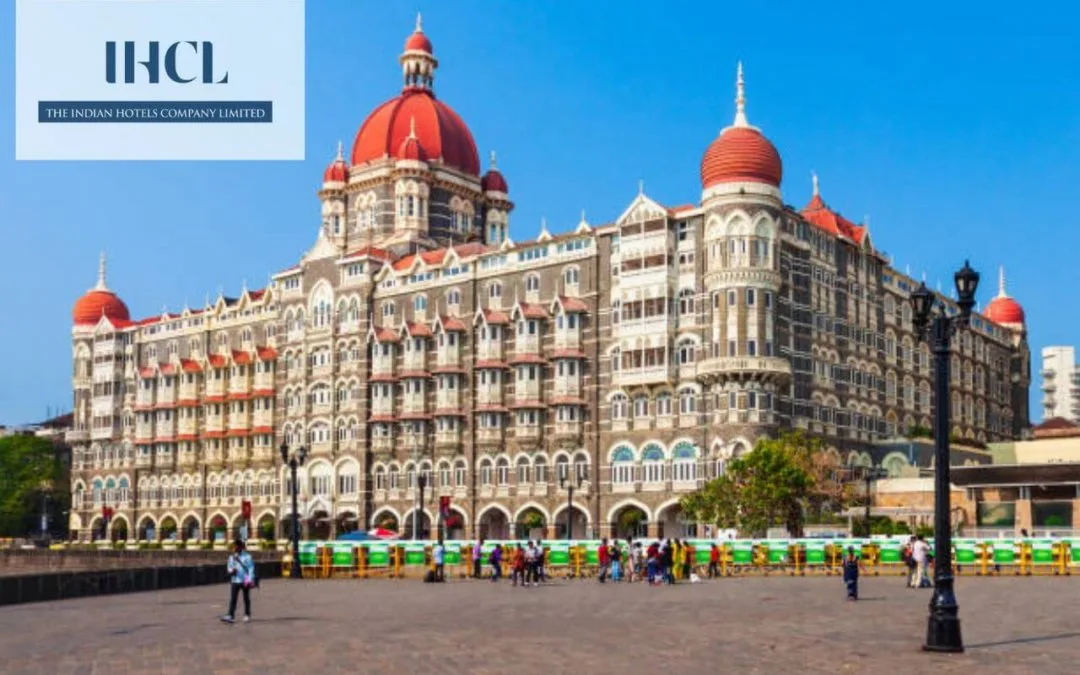
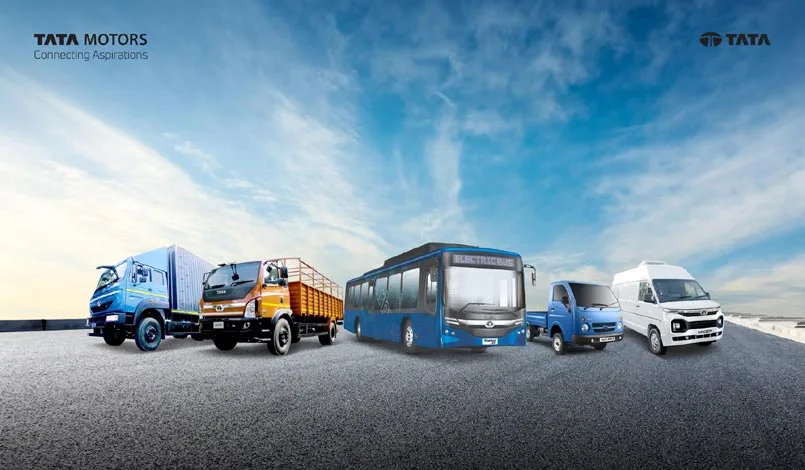




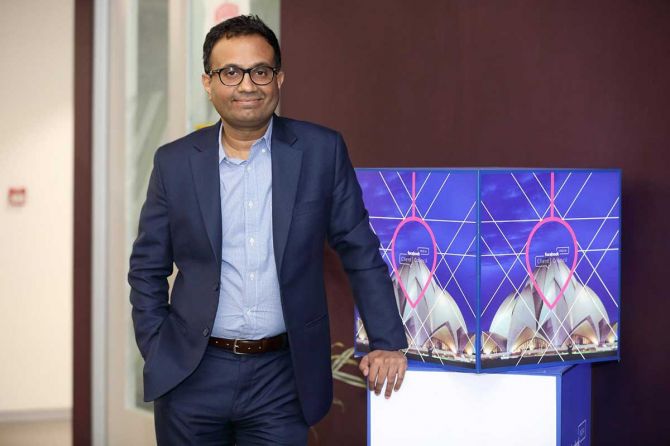 Ajit Mohan[/caption]
Ajit Mohan[/caption]